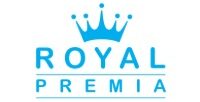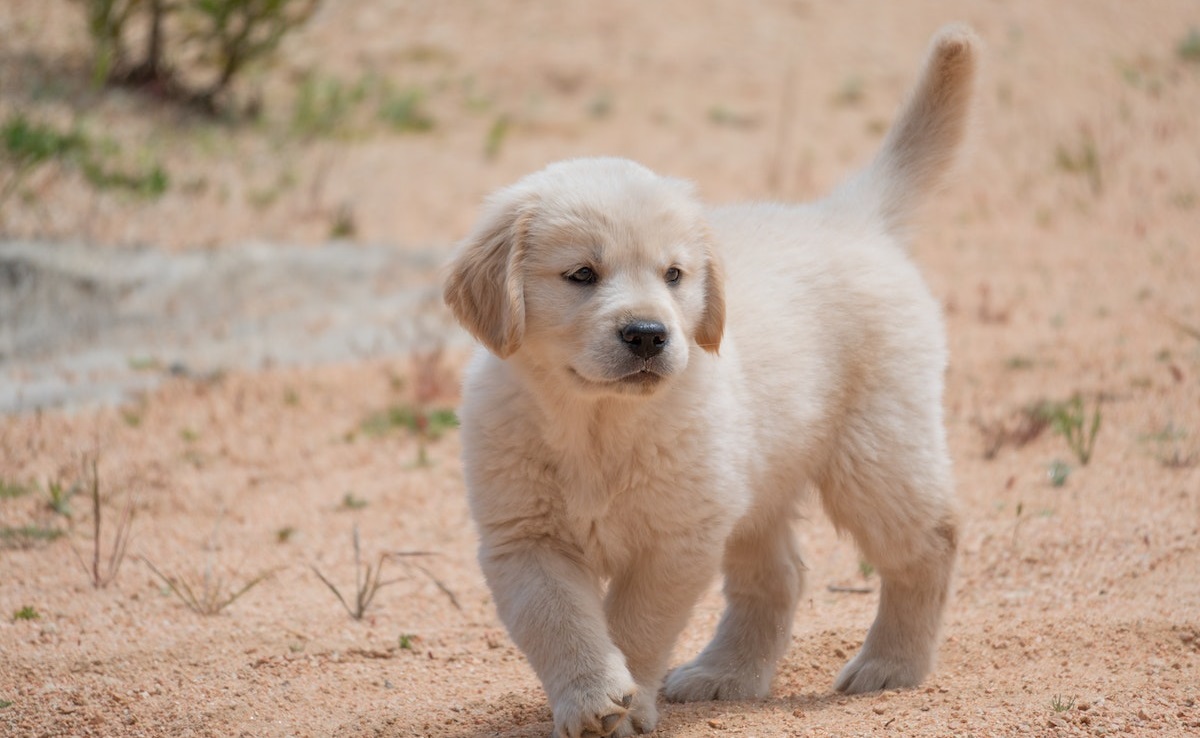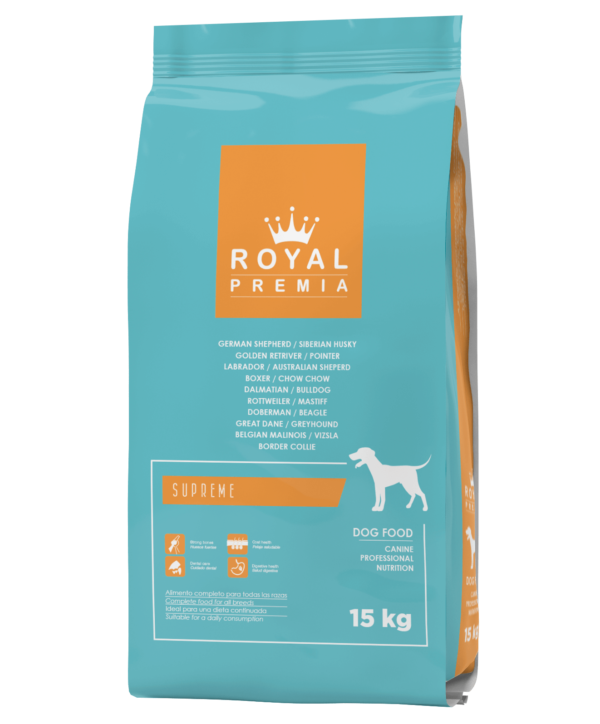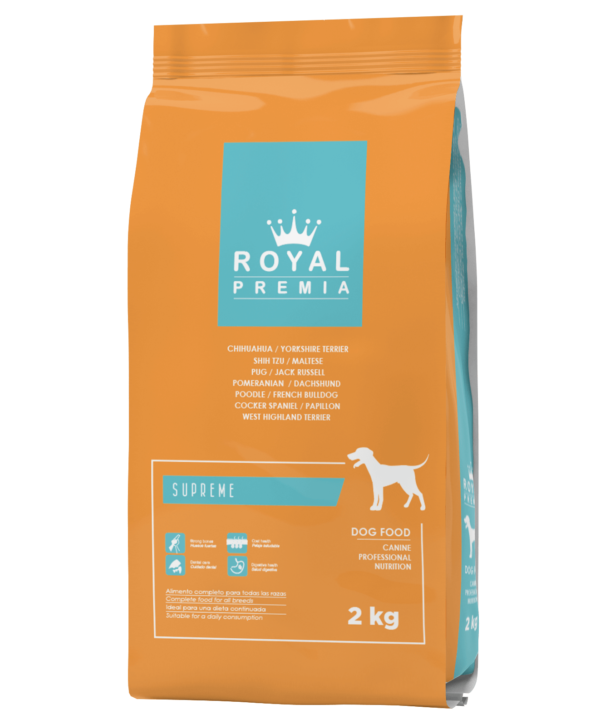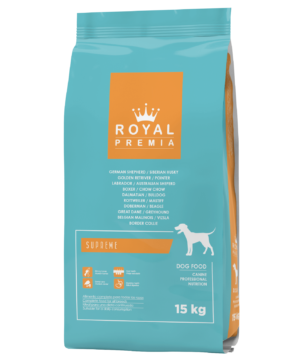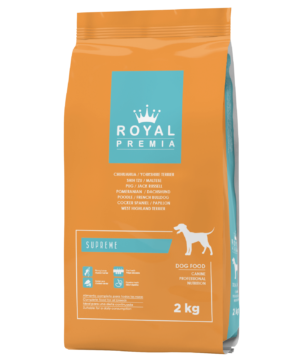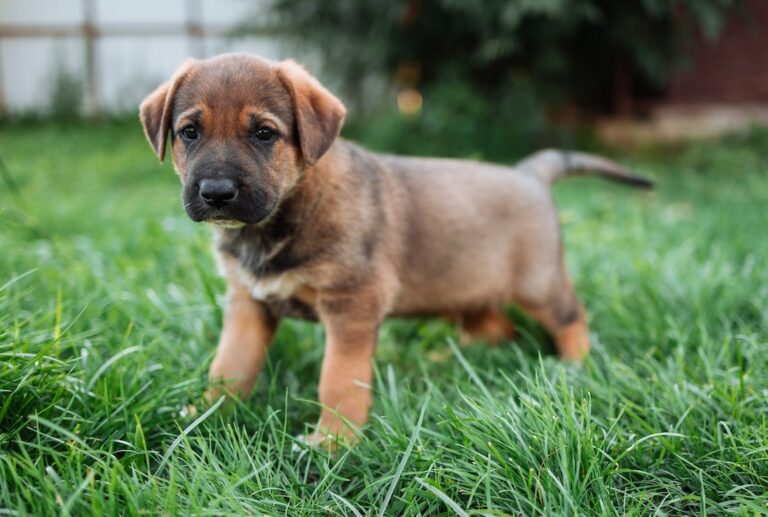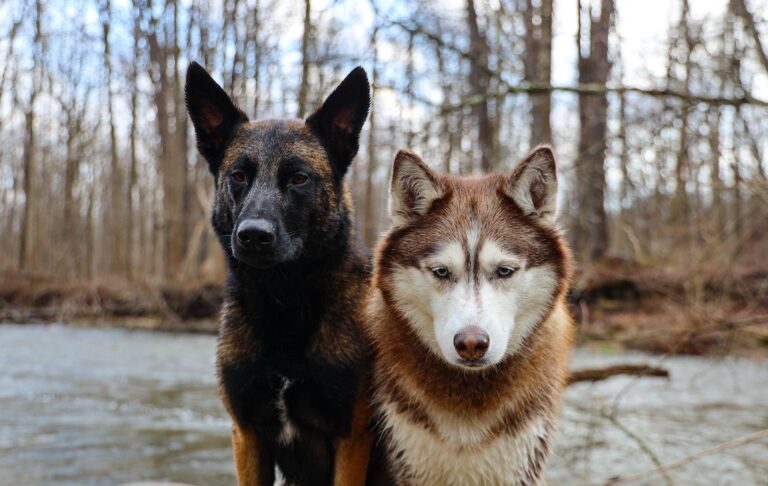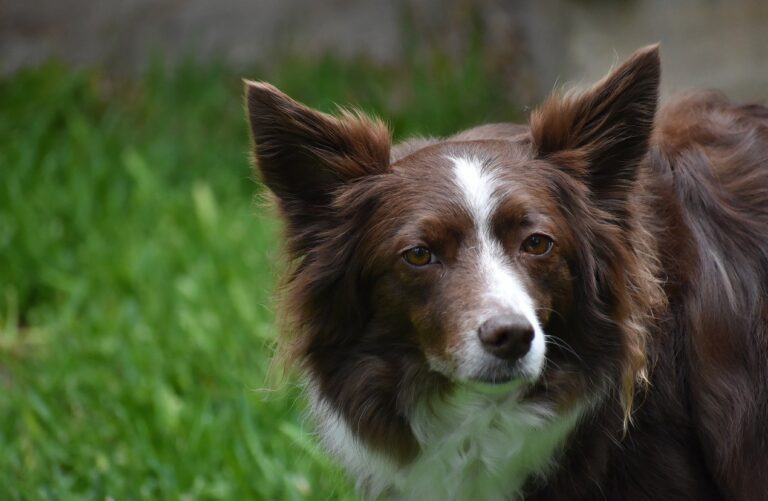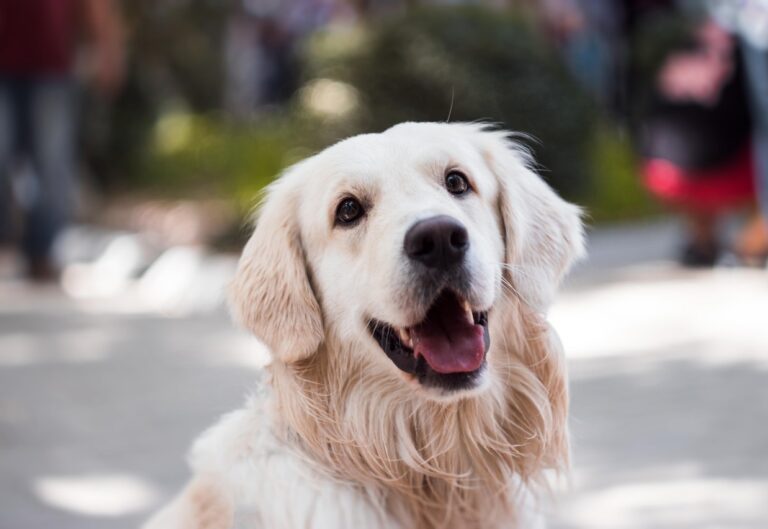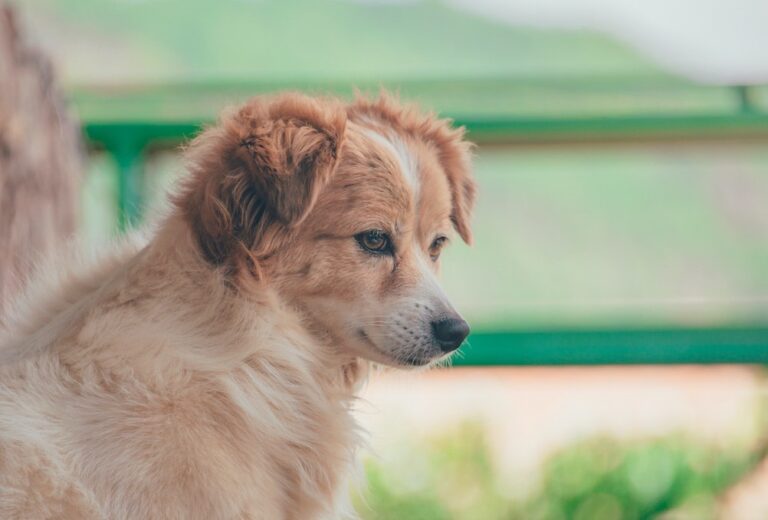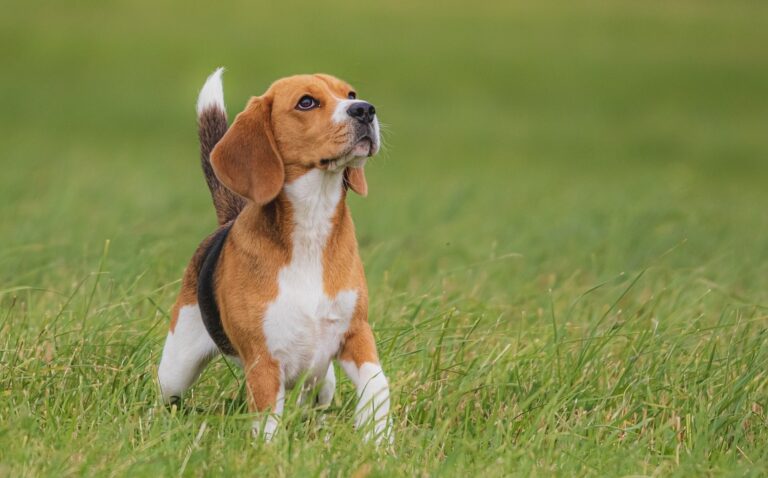Feeding Schedule and Portion Sizes for Puppy and Dogs
Proper feeding is essential to keep your furry friend happy and healthy. Here are some general guidelines for feeding dogs and puppies:
Puppies
Puppies have higher energy requirements for growth and development. Follow these steps to ensure they get the nutrition they need:
Frequency: For young puppies (up to 3 months old), feed them 4 to 6 times a day. As they grow older, reduce the frequency to 3 meals a day until they reach around 6 months of age. After 6 months, most puppies can be switched to two meals a day.
Portion Size: Check the dog food package for feeding guidelines based on weight. However, remember that each puppy is unique, so monitor their weight and adjust the portion size accordingly to maintain a healthy weight.
Adult Dogs
Once your dog reaches adulthood, their feeding routine changes:
Frequency: Adult dogs generally do well with two meals a day. Some owners prefer one large meal, but two smaller meals can help prevent bloat and provide consistent energy levels.
Portion Size: Like puppies, portion sizes for adult dogs depend on their size, activity level, and caloric content of the dog food. Start with the recommended amount on the dog food package, but adjust it based on your dog’s weight and body condition.
Treats
Treats are great for training and showing your love, but be cautious not to overdo it. Dog Treats should only make up a small portion of your dog’s daily caloric intake to avoid weight gain.
Water
Always keep fresh water available for your dog throughout the day. Hydration is vital for their overall health.
Special Dietary Needs
If your dog has specific dietary needs due to health conditions or allergies, consult your veterinarian. They can recommend the best feeding plan to keep your dog healthy and happy.
Overall
Remember, a balanced diet is crucial for your dog’s well-being. Avoid feeding them human food or table scraps, as they might be harmful. Stick to high-quality dog food that meets their nutritional requirements.
Always keep an eye on your dog’s weight and consult your vet if you have any concerns or questions about their diet.
Royal Premia Dog Food
-
Basic Adult Dry Dog Food 15kg All Medium and Large Breeds
-
Basic Adult Dry Dog Food 2kg All Small Breeds
-
Supreme Dry Dog and Puppy Food 15kg All Medium and Large Breeds
-
Supreme Dry Dog and Puppy Food 2kg All Small Breeds
Frequently Asked Questions
Can I free-feed my dog?
Free-feeding, where food is left out all day for your dog to eat as they please, is generally not recommended. It can lead to overeating and obesity. Controlled meal times help regulate their eating habits and make it easier to monitor their food intake.
How can I tell if my dog is overweight or underweight?
You can assess your dog’s weight by feeling their ribs and waistline. If you can easily feel their ribs but not see them, and their waist is visible behind their ribcage, they are likely at a healthy weight. and if you cannot feel their ribs or see their waist, they may be overweight. If their ribs are very prominent, they might be underweight.
